Key points
- Heat stress is not just a biophysical risk affecting yields and quality - it can also generate painful labour market shocks.
- Cost-effective and robust responses to on-farm working conditions are needed to ensure climate-resilient food systems.
- A healthy, resilient labour market underpins affordable food - without it, the future of agriculture is at risk.
Imagine a farm in 2050. It's summer and solar radiation and humidity are peaking. Fruit picking machines hum and cooling mist sprays overhead. In the haze, a robot stands among the rows of fruit. It scans two strawberries – one red and ripe, the other still green. It hovers, hesitates, then makes its pick.
It's a scenario Katie Ricketts, a principal economic research scientist at CSIRO, thinks about a lot.
"I've spoken with many in government and industry about this. Extreme heat makes farm work riskier, so managers need flexibility in how they use labour – while workers need protection. But demands for greater flexibility and worker protection are often at odds, straining productivity and staff retention."
That's usually when someone asks: 'Won't robots fix this?'
While automation is making strides, Katie is pragmatic. Picking delicate crops – berries, grapes, orchard fruits – comes with challenges.
"It's not just about dexterity," she explained. "It's the judgement – knowing which fruit to pick, which to leave, and how to avoid damaging either. So, we still need human labour."
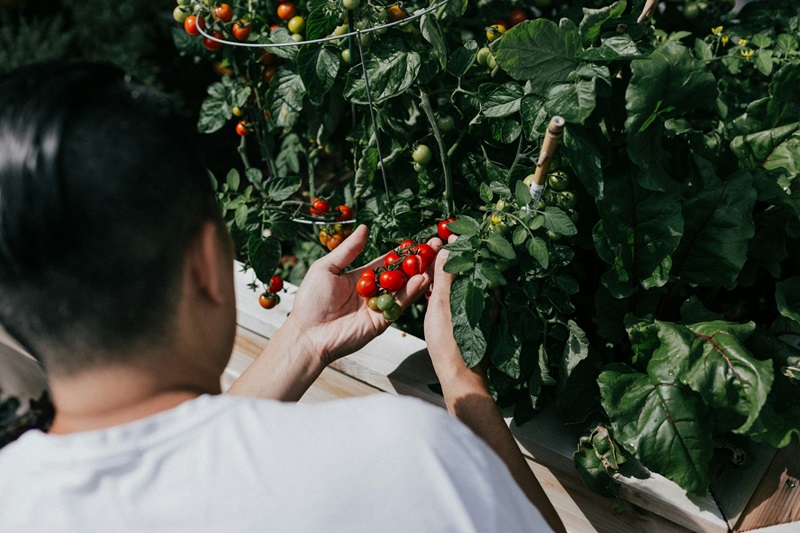
And let's not forget the question of the price tag on each piece of expensive tech, which could put it out of reach for many growers.
The real question isn't whether robots can handle the harvest, Katie said. It's whether people can handle the heat.
The challenges of heat-proofing agriculture
In 2024, the World Meteorological Organization confirmed we had just experienced the warmest year on record globally. In fact, the organisation reported that "the past ten years have all been in the Top Ten, in an extraordinary streak of record-breaking temperatures ".
At high temperatures, the body's cooling systems strain – blood is pushed to the skin, the heart works harder and sweat ramps up. Once thresholds are crossed – especially with high humidity – these defences fail, core temperature rises, and organs are put under pressure. Even before heat illness sets in, focus, memory and decision-making can slip as the body struggles to cope.
For agricultural workers, this could mean increased need to rest and rehydrate, need for protective gear, and less time spent in the field – all reducing the hours of effective labour.
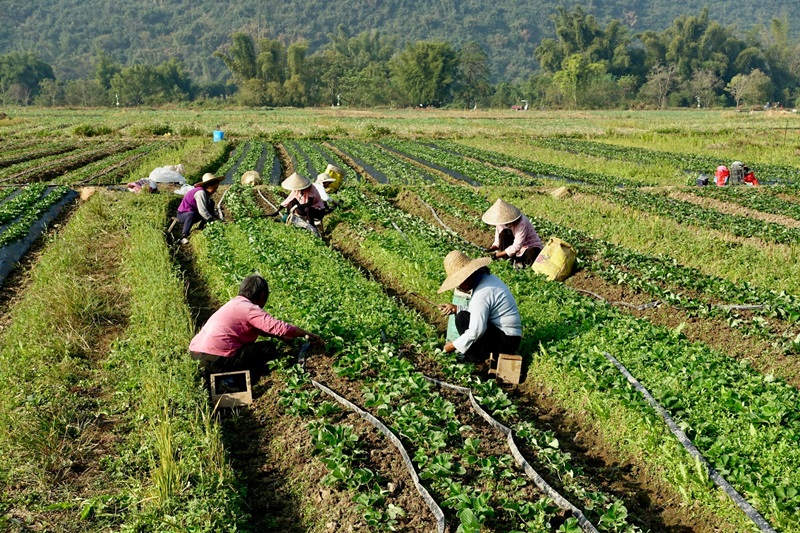
Katie and her team used wet bulb globe temperature (WBGT) to estimate how heat, humidity, solar radiation and even wind speed could affect on-farm productivity across horticultural regions.
"We tend to treat labour like a static input when thinking about agriculture and production risk and profitability," Katie said.
"But people are not just inputs. They respond to risk including changes in wages, working conditions, and regulation. If heat makes farm work more difficult and dangerous, that could affect worker attraction and retention and have bigger ramifications for overall labour supply and demand."
Hot work, cold economics
CSIRO partnered with the Australian Climate Service to deliver the National Climate Risk Assessment (NCRA) for the Australian Government, along with the Bureau of Meteorology , the Australian Bureau of Statistics and Geoscience Australia .
This research shows the agricultural sector in Australia will face significant repercussions as extreme weather events become more frequent and more intense. Farmers are already grappling with reduced yields, depleted soils, rising pest and disease pressure, and mounting stress on livestock.

What's been less visible is the toll on people. In fact, scientists have found that worker productivity dropped by 2 to 3 per cent for every degree above 20°C .

Katie and her co-author Dr Sarah Whitnall, formerly with CSIRO and now at the University of Western Australia , delved into the Australian context in their paper From heat stress to economic stress . It was published in a special issue of the Farm Policy Journal , a landmark edition released by the Australian Farm Institute in collaboration with CSIRO as part of the Ag2050 initiative looking at the future of farming.
Katie and Sarah calculated that under a +2°C warming scenario, Australian horticulture would need, on average, 4 per cent more labour to maintain current output levels.
While 4 per cent might not sound dramatic, labour already accounts for a significant share of farmers' operating costs – so even small shifts can have major financial impacts for farmers.
Add to that the stark regional differences. In Victoria's Yarra Valley, for instance, strawberry pickers would need to work an extra 26 minutes per day to maintain current yields – a change that could push labour costs up by nearly 5 per cent. In hotter regions, like Queensland's banana plantations, the required increase in labour could be as high as 9 per cent or approximately 7,400 additional contract workers monthly.
Rising heat not the only factor
The agricultural sector is already grappling with a growing labour shortage and rising competition for the skills needed to sustain food and fibre production, said Dr Rose Roche, CSIRO's Ag2050 lead.
"Rural communities are attracting fewer young people, who are increasingly drawn to opportunities in cities," she noted, adding that seasonal labour is harder to secure, with many growers reliant on overseas workers whose availability can be disrupted by policy shifts or global events. At the same time, an ageing workforce means valuable knowledge is being lost faster than it can be passed on.
"The industry will need to think about how to make farming an attractive career in the future. Technology will play a role, but farming will always depend on people working outdoors. As the climate warms, those conditions will only get tougher, so adaptation is essential. That means rethinking how work is organised, how risks are managed and how to build a safe, resilient workforce."
Rose notes that broadening participation is one way to strengthen that resilience. Indigenous Australians, for example, remain under-represented in agriculture. In 2021 they accounted for just 1.8 per cent of the workforce and in 2020 only 0.6 per cent of business owners. Expanding pathways into both employment and ownership would not only address inequity but also build long-term investment and commitment in the sector, strengthening the human foundations agriculture will need as outdoor work becomes harder.
The researchers' findings underscore why we can't keep treating labour as an afterthought.
Katie flagged the need for more data on the long-term health impacts of heat exposure, better understanding of wages, work hours and contract structures. Rigorous evaluation of which adaptation strategies worked – and what they cost – is essential.
"There's a black box when it comes to the long-term effects of heat exposure on workers," she said. "And we need to understand what adaptation strategies are actually cost-effective."
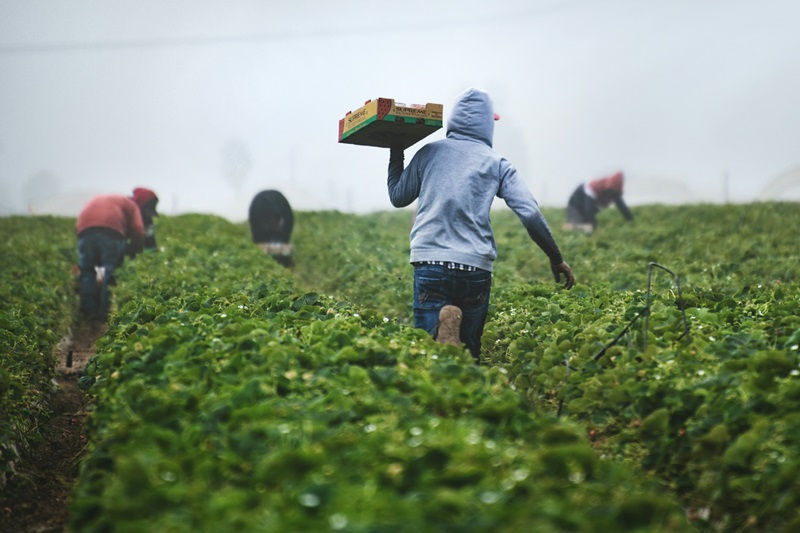
Adaptation isn't one-size-fits-all
When it comes to dealing with a changing climate, what options do farmers have? Katie outlined several adaptation strategies including shifting picking hours to cooler parts of the day and rotating between strenuous and lighter tasks. Farmers could also set up shaded rest areas or air-conditioned tents and provide workers with cooling vests.
But these solutions all come with costs – and complications.
What happens if the harvest window shrinks even further due to extreme weather? Would enough workers be willing to start their shifts at 3am? Would that trigger penalty rates or require overtime pay?
"The danger is that only large agribusinesses will be able to afford those adaptations," Katie said. "We don't want a two-speed agriculture system where small and medium growers are left behind."
She argues for targeted support and more science-informed regulatory considerations.
"Instead of a blanket approach, we could use science to identify the most heat-vulnerable regions and crops, then develop guidelines and incentives that actually fit those contexts plus grower types."
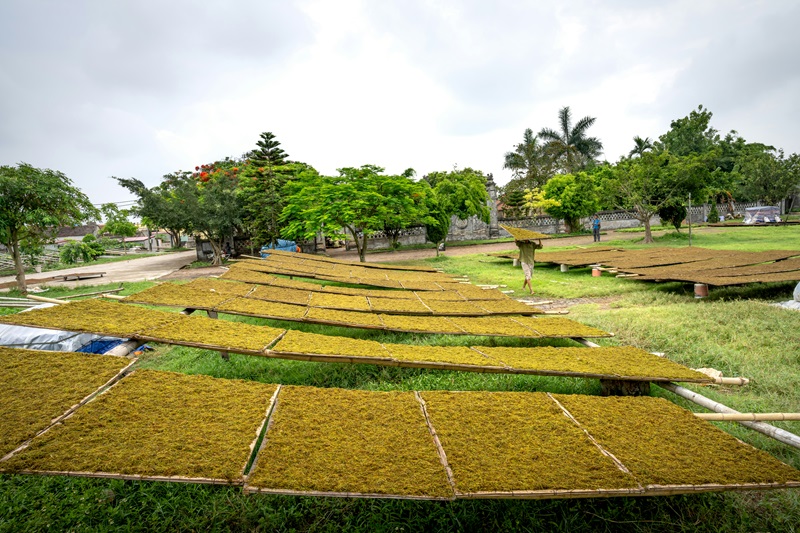
Resilient farms, resilient food
Australia isn't alone in relying on migrant labour, Katie noted – many OECD countries do the same. This means we would gain a competitive advantage if we could lead on heat safety and adaptation.
"We want to be a place where people choose to work and where managers have every tool and opportunity to make things safe and fair," Katie said.
And the implications go far beyond workforce logistics. Horticulture, she noted, is the foundation of Australia's micronutrient security.
"We produce most of our own fruit and vegetables domestically," she said. "If we don't invest in the resilience of this system, we risk making healthy, nutritious food more expensive and less accessible. If we want healthy, affordable food, we need a healthy, resilient labour market. It's that simple."
"This research illustrates the importance of thinking about climate change and adaptation in a systemic way," added Frank Sperling, Senior Principal Research Scientist at CSIRO and co-editor of the special issue.
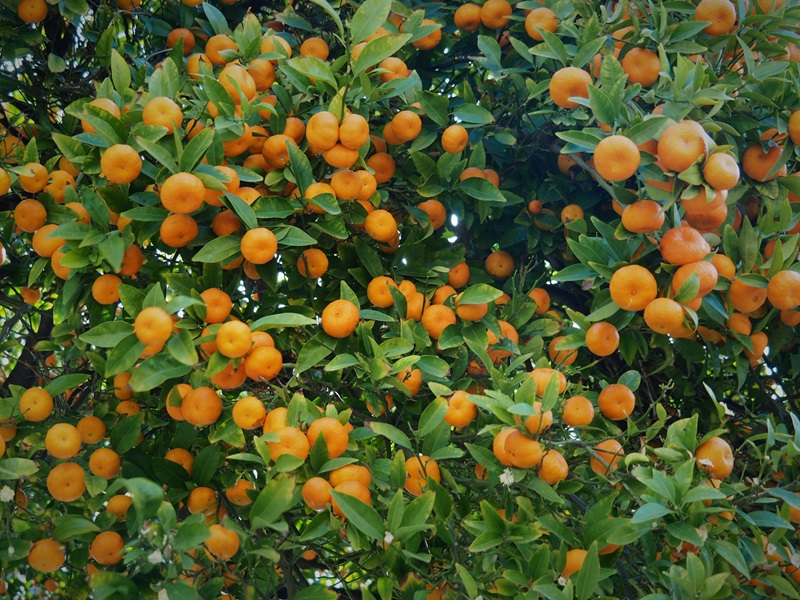
"It is about anticipating changes and making adjustments in a particular practice domain and sector to manage existing and emerging risks. Meanwhile, we must consider the implications for the enabling environment and identify where broader, more transformative adaptive actions are required to ensure the long-term viability of Australian agriculture," Frank said.






